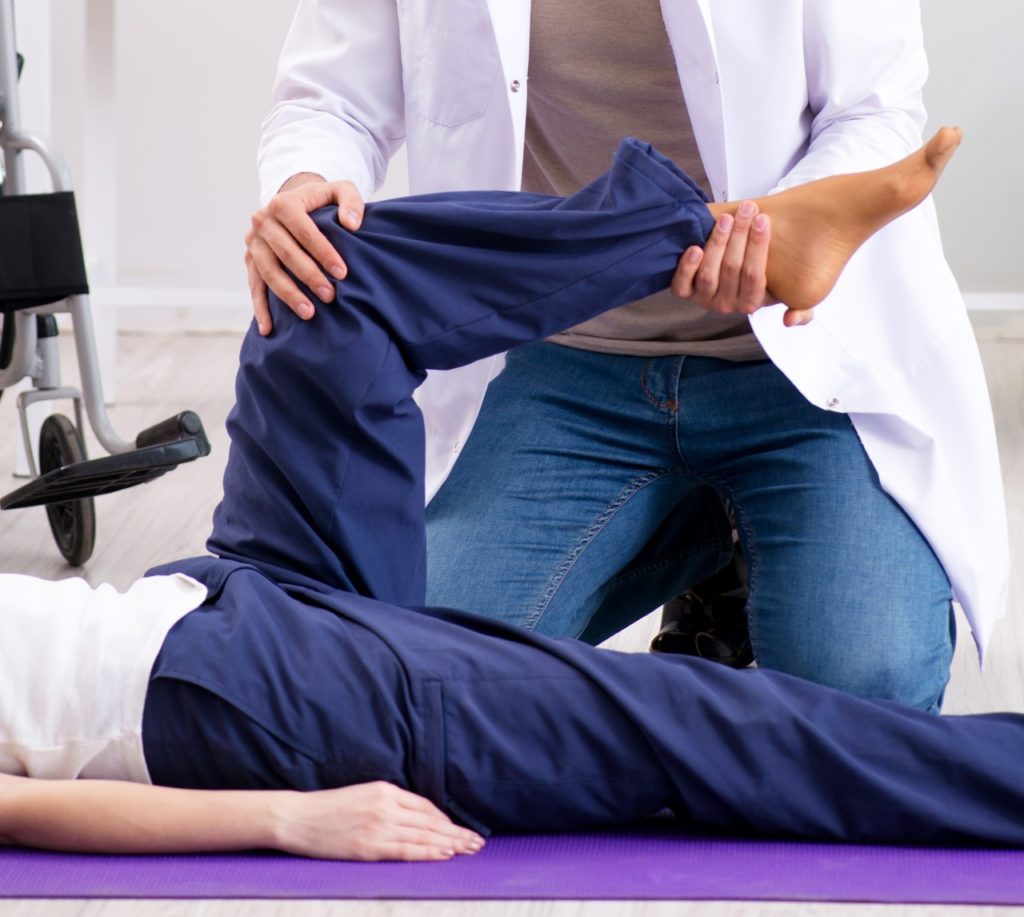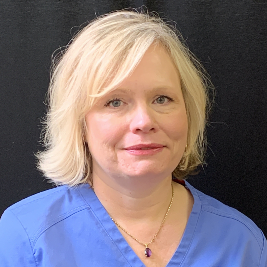Consider the last time you had an injury or chronic condition that limited your mobility or interfered with your ability to do routine daily tasks. Simple things like rolling over in bed, getting out of chairs, bending to load a dishwasher become arduous, painful chores and inhibit quality of life. Unfortunately, chronic pain plagues close to 40 million adults in the United States. And while there are medicinal treatments for chronic pain, we’d like to share some alternative treatment options.
Daily Chronic Pain
Many of us deal with chronic pain that impacts daily life. Here at Innova Primary Care, we want to see our patients thrive daily. When pain is always lurking just around the corner, we know it can be tough to keep pressing on. However, with the current opiate crises in our nation and many physicians handing out prescriptions left and right, we believe it is wise to find ways to treat chronic pain more healthily. There may be times when surgery or prescription pain management is the best option, and we know this. However, let’s take a look at ways you may be able to keep pain at bay or alleviate its impact on your life before going directly to medication.
According to data from the CDC, over twenty percent of adults here in America report chronic pain.
Chronic pain can be a challenge to define. However, we know that this type of pain lasts for a length of time, months or even years. Chronic pain can occur anywhere in the body. It may be the result of a preexisting condition, injury, disease, and even psychological conditions. Chronic pain differs from acute pain in that it lasts longer than the original source of injury. Acute pain goes away once your body heals. Chronic pain does not.
Of those who say chronic pain impacts their lives, over seven percent reported high impact chronic pain. High impact chronic pain persists for at least three months and restricts at least one significant activity. For those who suffer from high impact chronic pain, daily life may be a struggle. Chronic pain may affect the ability to work and chores around the home. Consistent pain takes a toll on mental health and interferes with one’s ability to care for themselves as well.
Healthy Pain Management
Chronic pain can be an annoyance for some. For others, it may severely restrict daily life. We can treat chronic pain in many ways. The Cleveland Clinic notes that treatment depends upon the cause of the pain, type of chronic pain, and the individual. Frequently, the best treatment options involve multiple modalities. Let’s take a look at some of the ways to treat chronic pain beyond medication.
Physical Therapy
Physical therapists can assess the pain you have and provide exercise for strength and mobility to help ease the effects of physical pain. Physical therapy teaches patients how to move their bodies in a way that lessens pain and prevents injury. PTs use electrical stimulation, heat and cold treatments, massage, and manual manipulation to help restore your body. Over a series of sessions, you will notice increased strength and conditioning in the affected areas.
Occupational Therapy
The goal of occupational therapy is to teach you how to change the way you are doing daily tasks to decrease pain. This may sound similar to physical therapy, but it differs in that the objective is to teach patients how to perform daily life activities. In addition, OT helps solves problems for patients by teaching them how to modify and or adjust their environments for more efficiency and injury prevention.
Massage
Massage therapy works the soft tissue of the body. It may be an effective way to relax the mind and alleviate pain in the body.
Acupuncture
Practitioners insert tiny needles into the skin at various acupoints. As a result, the body releases natural chemicals such as neurotransmitters and endorphins, which can help with pain management.
Biofeedback
Biofeedback uses electrical sensors to help you understand your bodily functions work within your body. Using this information, you can then begin to work on controlling these functions.
Awareness of your body can bring about healing.
Biofeedback helps you become more aware of how your body operates. For example, you may use a device to measure your heart rate. Once you can see the data, you begin to use breathing techniques to slow your heart rate. The information you gather from biofeedback sessions allows you to take the awareness you have and work towards healing. This type of therapy is often used to help treat physical conditions.
Talk Therapy
Because chronic pain can be detrimental to your mental health, working with a trained therapist is a fantastic idea. Therapy can help you develop coping skills that allow you to handle chronic pain better. Therapy also addresses any negative thoughts and emotions holding you back and gives you the tools to move forward.
Getting Help For Chronic Pain
We know how frustrating life can be with chronic pain. If you are suffering, please reach out to your medical team for help. You do not have to suffer in silence, nor bear this pain alone. Your physician can work with you to find the best Pain Management solution for your needs. A non-medicinal treatment plan may work for some, while for others, this will not be the case. However, take the first step today and contact your doctor. For our patients at Innova Primary Care, we are here to help you right now. Call our office or schedule an appointment using the online portal. Let’s work together to get you back to feeling your best.





 About
About

 About
About About
About About
About
 About
About About
About

 About
About About
About About
About About
About











